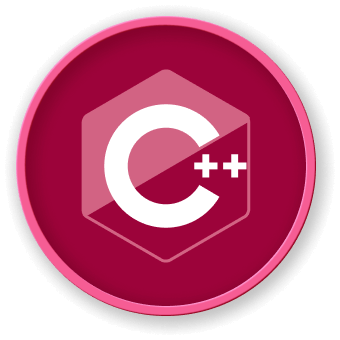Error Handling Techniques
Error Handling Overview
Error handling in number conversion is critical for maintaining program reliability and preventing unexpected runtime failures.
Error Detection Strategies
graph TD
A[Error Detection] --> B[Compile-Time Checks]
A --> C[Runtime Checks]
A --> D[Exception Handling]
Exception-Based Approach
Custom Conversion Exception
class ConversionException : public std::runtime_error {
public:
ConversionException(const std::string& message)
: std::runtime_error(message) {}
};
template <typename DestType, typename SourceType>
DestType safeConvert(SourceType value) {
if (value < std::numeric_limits<DestType>::min() ||
value > std::numeric_limits<DestType>::max()) {
throw ConversionException("Conversion out of range");
}
return static_cast<DestType>(value);
}
Error Handling Techniques
1. Try-Catch Mechanism
void demonstrateErrorHandling() {
try {
int largeValue = 100000;
short smallValue = safeConvert<short>(largeValue);
} catch (const ConversionException& e) {
std::cerr << "Conversion Error: " << e.what() << std::endl;
}
}
2. Optional Return Pattern
template <typename DestType, typename SourceType>
std::optional<DestType> safeCastOptional(SourceType value) {
if (value >= std::numeric_limits<DestType>::min() &&
value <= std::numeric_limits<DestType>::max()) {
return static_cast<DestType>(value);
}
return std::nullopt;
}
Error Handling Strategies
| Strategy |
Pros |
Cons |
| Exceptions |
Detailed error info |
Performance overhead |
| Optional |
Lightweight |
Less detailed error context |
| Return Codes |
Low overhead |
Less type-safe |
Advanced Error Handling
Compile-Time Validation
template <typename DestType, typename SourceType>
constexpr bool isConversionSafe =
std::is_integral_v<DestType> && std::is_integral_v<SourceType> &&
(sizeof(DestType) >= sizeof(SourceType));
Logging and Monitoring
void logConversionError(const std::string& source,
const std::string& destination,
const std::string& errorMessage) {
std::ofstream logFile("conversion_errors.log", std::ios::app);
logFile << "Conversion Error: "
<< source << " to " << destination
<< " - " << errorMessage << std::endl;
}
LabEx Recommendations
At LabEx, we emphasize a comprehensive approach to error handling that combines:
- Compile-time type checking
- Runtime validation
- Graceful error recovery
Conclusion
Effective error handling in number conversion requires a multi-layered approach that balances performance, safety, and code clarity.




